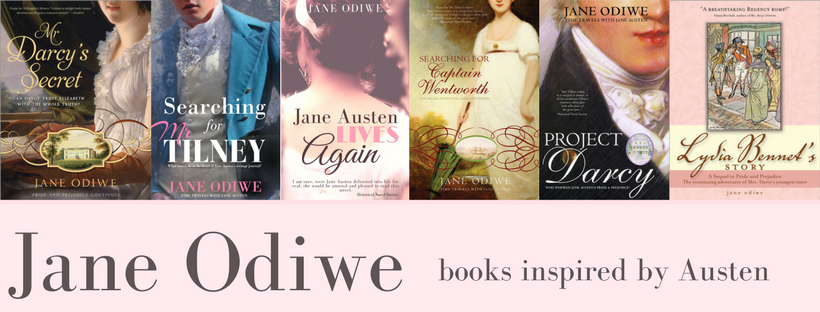Wedding Fashions in the time of Jane Austen
I've just been to a lovely spring wedding, and it got me thinking about the wedding fashions of the Georgian and Regency period.
From the 1790s a wedding dress in white became the fashionable garment to wear, taking over from the white and silver dresses that had been worn by wealthy young women. Waistlines rose, sleeves became shorter and lace accessories not so regularly worn, although the bridal veil started to make its appearance at this time. Simple styles worn with less jewellery and diamonds were the order of the day, and lace veils were worn draped over the head for evening wear as well as wedding attire.
 |
| 1804 |
The sheerest muslin from India was the most fashionable fabric, but silk, gauzes, fine cottens and linens also formed the basis of a wedding outfit. Machine made net, often embroidered was an alternative.
The actress Elizabeth Farren who married Lord Derby at his house in Grosvenor Square in May, 1797 had thirty muslin dresses for her trousseau. Jane Austen’s cousin, Eliza de Feuillide wrote of the ‘great number of simpletons from the ‘fashionable world’ who had ‘been to see her Wedding Garments which are superlatively magnificent - She has thirty Muslin dresses each more beautiful than the other, and all trimmed with the most expensive Laces. Her Wedding Night Cap is the same as the Princess Royal’s and cost Eighty Guineas - I have no patience with such extravagances, and especially in such a Woman.
 |
| 1813 |
A nineteenth century fashion plate published in France in 1813 shows the model in a short-sleeved evening dress of embroidered machine net worn over a white silk under dress. The bride wears elbow-length gloves, a floral head-dress and lace veil. The earliest British plate was published in Ackermann in 1816, and features a dress by Mrs Gill of Cork Street made of striped French gauze over a white satin slip with short puffed sleeves. The hem has a deep flounce of Brussels lace with artificial roses trimming the skirt and bodice. She wears a diadem on her head with roses, though in this case there is no evidence of a veil.
The wedding of Catherine Tylney Long and William Wesley-Pole in March 1812 was reported in the fashion magazine, La Belle Assemblée - the bride’s ‘robe of real Brussels point lace’ was worked in a simple sprig pattern and worn over a white satin petticoat costing 735 pounds, a vast amount of money in those days. The bride also wore a white pelisse trimmed with swansdown and a Brussels lace bonnet decorated with ostrich feathers and a deep lace veil. The groom wore a plain blue coat, white waistcoat, buff breeches and white stockings in contrast.
From 1813 to 1825 wedding dresses looked more like evening dresses with low necks and short sleeves, though for church weddings sleeves were usually longer and a pelisse worn for modesty. The high waistline dropped so that by 1820 the waist resumed its normal position.
 |
| 1830 |
By the 1830s trimmings became increasingly elaborate and though headdresses became increasingly elaborate, bonnets were often worn as a popular alternative.
I love this glimpse of Emma's wedding from Emma by Jane Austen - I think we get an insight into what Jane must have thought of some of the wedding fashions: The wedding was very much like other weddings, where the parties have no taste for finery or parade; and Mrs. Elton, from the particulars detailed by her husband, thought it all extremely shabby, and very inferior to her own. 'Very little white satin, very few lace veils; a most pitiful business! Selina would stare when she heard of it.' But, in spite of these deficiencies, the wishes, the hopes, the confidence, the predictions of the small band of true friends who witnessed the ceremony, were fully answered in the perfect happiness of the union.
Finally, here are the lovely costumes that Kate Winslet and Alan Rickman wear in Sense and Sensibility - it's interesting to see the film versions of Jane Austen's weddings, but that's another blogpost!


